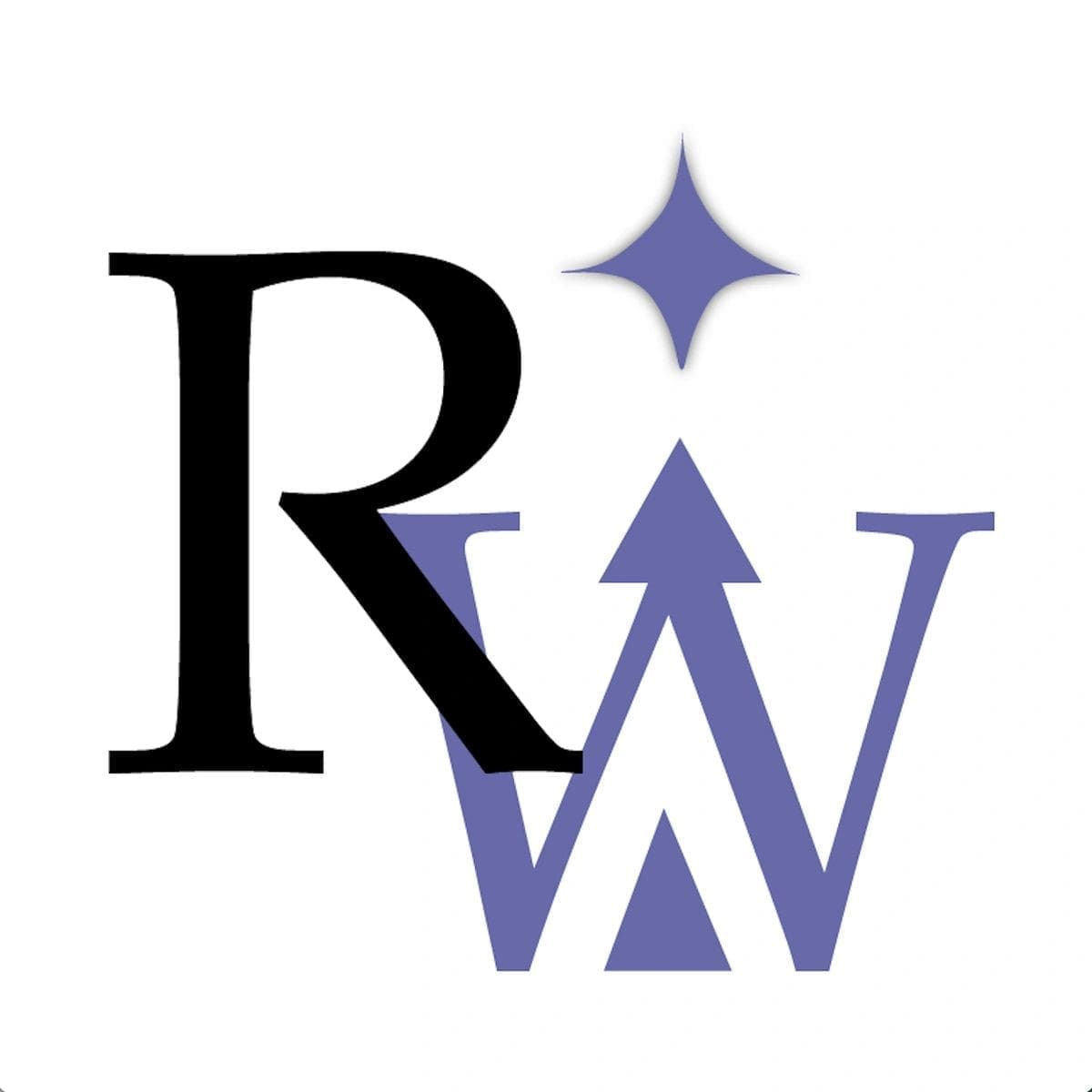
Distributed Leadership
Distributed leadership is based on the idea that leadership is not just a trait or a role of a single person. Leadership is a shared and collaborative activity that involves many people across different levels and functions. Distributed leadership focuses on how people interact and coordinate their actions to achieve a common goal, rather than on who has the formal authority or power. For more background info: Why distributed leadership is the future of management | MIT Sloan
As a Lean Six Sigma Black Belt who as facilitated multiple large projects throughout my career, I have personally seen the power of individual contributors stepping up at critical moments to lead using their informal authority. They were able to do so because they had invested in building relationships with others over time and had built the trust needed to be seen as a subject matter expert. Distributed leadership is also a key component of my Leadership Pipeline Development Program.
Some of the benefits of distributed leadership are:
- It enhances the capacity and creativity of the organization by tapping into the diverse skills and knowledge of its members.
- It fosters a culture of learning and innovation by encouraging experimentation and feedback.
- It increases the engagement and motivation of the members by giving them autonomy and ownership of their work.
- It improves the adaptability and resilience of the organization by enabling it to respond quickly and effectively to changing environments and challenges.
Some of the challenges of distributed leadership are:
- It requires trust and communication among the members to ensure alignment and accountability.
- It involves giving up some control and authority over the work and outcomes.
- It may cause some conflict or confusion among the members if they have different expectations or perspectives.
- It demands clear and consistent vision and values to guide the actions and decisions of the members.
In summary, distributed leadership emphasizes the collective and dynamic nature of leadership, rather than the individual and static one. It offers a way of enhancing the performance and potential of the organization and its members.
